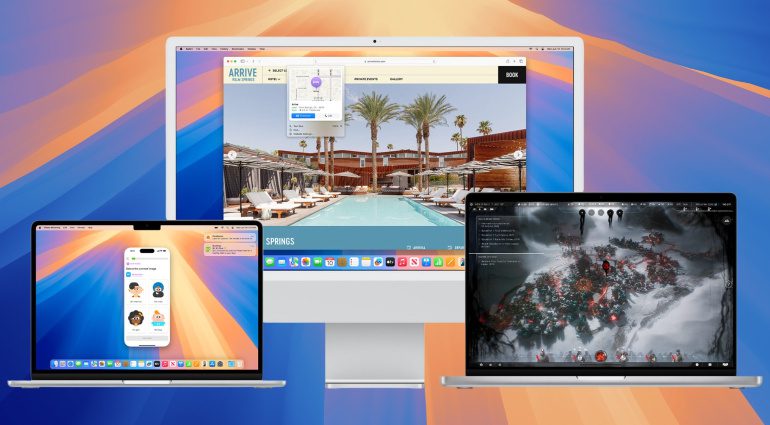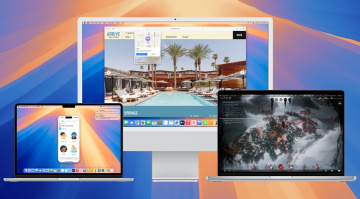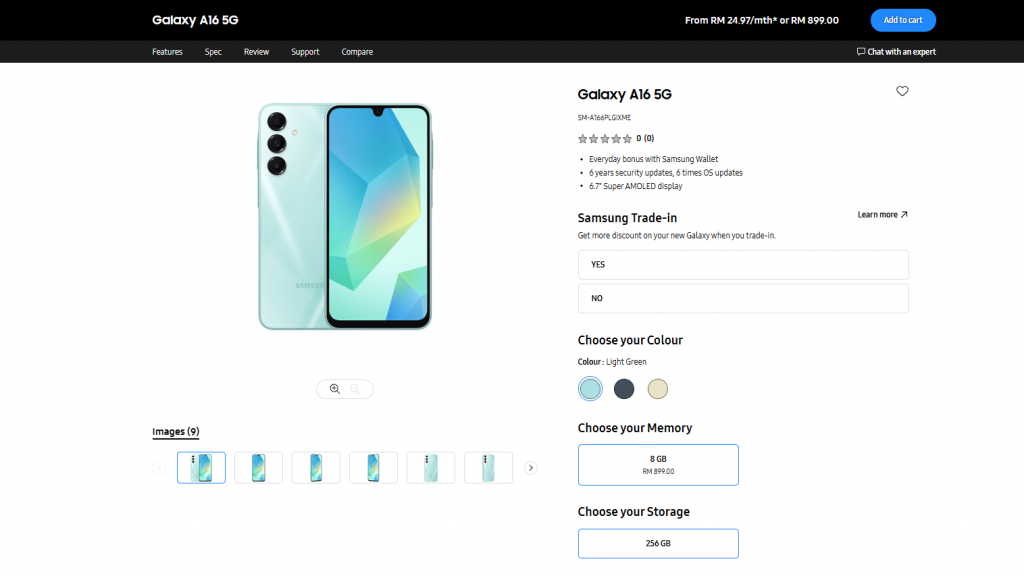At WWDC 2024 in May we saw macOS Sequoia for the first time, with its AI capabilities. By September, we’ll be able to update, but should we?
All you need to know about macOS Sequoia:
To install or not to install?
As we see each year the hordes of Apple faithful are itching to try out the new OS. With the public beta release approaching in the coming days, you’ll be able to test it out for yourself soon enough.
Meanwhile, developers have had a head start since WWDC, with access to Sequoia granted via the Apple developer account. While this is essential as a developer, there are still some potential bumps for the rest of us end-users.
Be wary, that if you’re planning to purchase a new Mac this fall it will also ship with the new OS. This might be exciting for newly converted Windows users, but it could be problematic for users trying to migrate from their previous Mac systems.
What new features can we expect in macOS Sequoia?
According to Apple, Sequoia is built to take productivity on the Mac to a whole new level. As Machine learning and large language models (LLMs) have grown on a global scale, Apple has pivoted to avoid being left behind.
This means that the focus has shifted toward harnessing the potential of artificial intelligence models where possible. However, due to legislation surrounding the use of AI, it means that the roll-out of these features will be staggered across different regions. Furthermore, it’s likely to be stalled in Europe as restrictions are tighter.
Some of the notable new features include iPhone Mirroring, which will also be available in Europe later. This extends the symbiosis between macOS and iOS, giving you complete control of your iPhone from the desktop platform.
In addition, the browser Safari has a major update with a new highlights function, making data capturing and browsing more efficient. Other peripheral apps like the Weather app, Notes, Maps, Messages, Facetime, Calculator, and others have been reformed to fit the Sequoia system.
Security features like a new Password app will help you consolidate your login data, while macOS has also grown as an immersive gaming platform with a wide range of new games available.
In terms of AI, the new OS offers transformative intelligence functionality with new ways to work based on a personalized system for Mac, iPad, and iPhone. Using a personal profile and generative models, a more effective system is created for your own workflow.
What this system will eventually look like for professionals in audio, video, and graphics is not completely clear. Moreover, the Digital Markets Act within European Union countries limits the user base considerably.
Within macOS Sequoia, one of the most interesting features by far is the integration of ChatGPT-based features. These allow the generation of text or images and actions to be implemented within various software apps.
As you can imagine, owners of older unsupported Macs need to be aware of compatibility or lack thereof. Even some of the more recent iMacs and MacBook Airs are on this list and iPhone mirroring features.
For audio users and musicians, there isn’t that much to get excited about. However, macOS Sequoia does promise to streamline your everyday work environment. With more collaborative processes on the platform, we can hopefully look forward to new ways to deal with boring administrative tasks, so we can focus on the creative stuff.
Which Macs are Compatible?
According to Apple, Sequoia compatibility includes the following models:
- MacBook Air (2020 and later)
- MacBook Pro (2018 and later)
- iMac (2019 and later)
- iMac Pro (2017)
- Mac Pro (2019 and later)
- Mac Studio (2022 and later)
- Mac mini (2018 and later)
Before you think of updating, check if your Mac is on this list. If not, the machine won’t support the new OS without idiosyncrasies and workarounds, which aren’t fun.
Like any OS update, please proceed with caution!
As we’ve come to expect in the audio industry, the transition from one OS version to the next is never seamless, especially when it comes to third-party hardware and software. Please pay careful attention to the following compatibility list of popular manufacturers, as this will be updated here as the information becomes available. Also, if you experience any problems or not when updating, please let us know in the comments.
Audio Manufacturers Compatibility List
When dealing with popular DAW systems and plug-ins, some beta testers have reported little or no glitches with the new OS. However, while this sounds relatively reassuring, there is no official data published by prominent developers.
| Manufacturer | Hardware/Software | Status |
|---|---|---|
| Ableton | Live12 | no official statement yet |
| AKAI Professional | Hardware and software | no official statement yet |
| AntaresTech | Plug-ins | no official statement yet |
| Apogee | Hardware and software | no official statement yet |
| Apple | LogicPro | no official statement yet |
| Apple | Garage Band | no official statement yet |
| Arturia | Hardware and software | no official statement yet |
| Audience | Hardware | no official statement yet |
| AudioThing | Plug-ins | no official statement yet |
| AVID | ProTools | no official statement yet |
| Bitwig | Studio | no official statement yet |
| Cableguys | Shaperbox 3 | no official statement yet |
| Celemony | Melodyne | no official statement yet |
| Cherry Audio | Voltage Modular | no official statement yet |
| D16 | software | no official statement yet |
| electron | Hardware and software | no official statement yet |
| Eventide | software | no official statement yet |
| Fabfilter | software | no official statement yet |
| Focusrite | Hardware | no official statement yet |
| iLok | software | no official statement yet |
| Image Line | FL Studio | no official statement yet |
| iZotope | software | no official statement yet |
| Metric Halo | Hardware and software | no official statement yet |
| Moog | AUv3 Plug-ins | no official statement yet |
| Motu | Hardware and software | no official statement yet |
| Native Instruments | Hardware and software | no official statement yet |
| Innovation | Hardware | no official statement yet |
| Pioneer DJ | Record box | no official statement yet |
| Plugin Alliance | software | no official statement yet |
| Presonus | Hardware | no official statement yet |
| Reason Studios | Reason | no official statement yet |
| Reverb Foundry | Tai Chi | no official statement yet |
| Rogue Amoeba | Loopback 2 | no official statement yet |
| Roland | Hardware and software (Roland Cloud) | no official statement yet |
| Slate Digital | Plug-ins | no official statement yet |
| Softube | Hardware and software | no official statement yet |
| Solid State Logic | Hardware and software | no official statement yet |
| Sonarworks | software | no official statement yet |
| Sonnox | Plug-ins | no official statement yet |
| Sound theory | Plug-ins | no official statement yet |
| Sound Toys | software | no official statement yet |
| Synchro Arts | software | no official statement yet |
| Steinberg | Hardware and software | no official statement yet |
| U-He | Plug-ins | no official statement yet |
| UniversalAudio | Hardware and software | no official statement yet |
| Valhalla DSP | Plug-ins | no official statement yet |
| Xfer Records | Plug-ins | no official statement yet |
| zplane | Plug-ins | no official statement yet |
More about macOS Sequoia:
*Note: This article about macOS Sequoia was originally published on Gearnews.de by Marcus Schmahl






